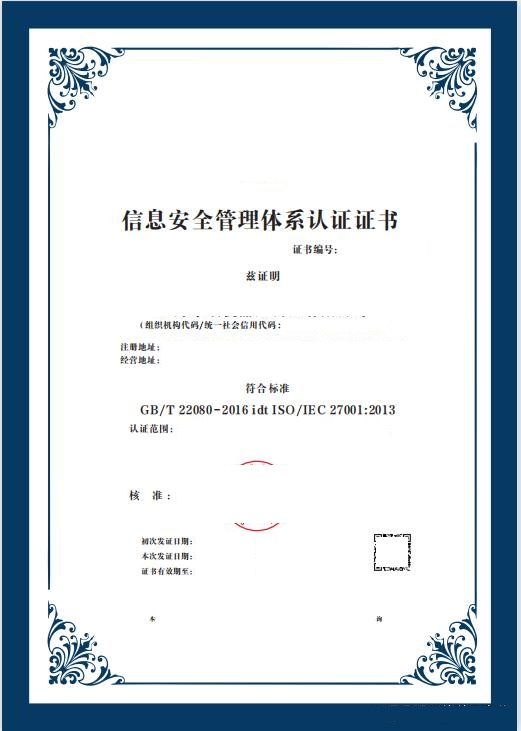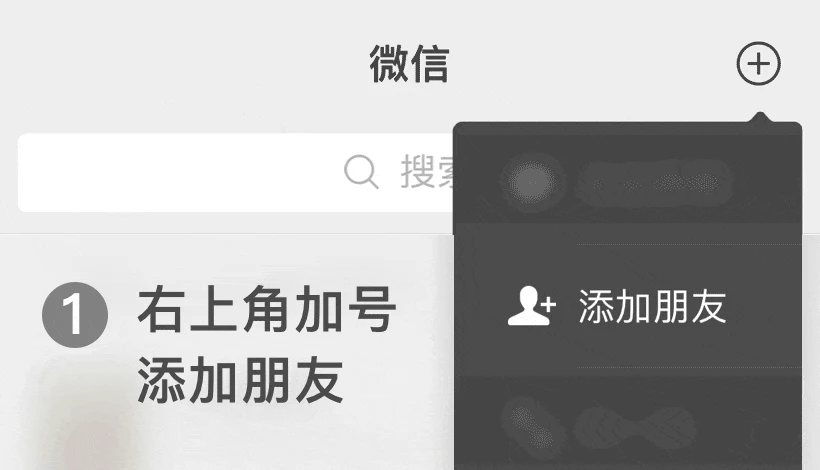
 Professional services are guaranteed
Professional services are guaranteed One on one full process guidance
One on one full process guidance Efficient and fast experience
Efficient and fast experience1. Development process
ISO 27001 is jointly published by the International Organization for Standardization (ISO) and the International Electrotechnical Commission (IEC), and its predecessor was the BS 7799 standard of the British Standards Institution (BSI).
First released in 2005, after two major revisions in 2013 and 2022, the latest version is ISO/IEC 27001:2022, which enhances adaptability to emerging technologies such as cloud services and the Internet of Things, as well as complex threat scenarios.
2. Global applicability
As of 2023, over 60000 organizations worldwide have obtained ISO 27001 certification, covering multiple industries such as finance, healthcare, manufacturing, and technology.
This standard has been cited by regulations such as the European Union's General Data Protection Regulation (GDPR) and China's Cybersecurity Law, becoming an important basis for compliance practices.
ISO 27001 follows the PDCA (Plan Do Check Improve) cycle model, with core requirements covering the following key stages:
1. Organizational environment analysis
Clarify the alignment between information security goals and strategies, and identify the needs of internal and external stakeholders (such as customers and regulatory agencies).
Define the scope and boundaries of ISMS to ensure alignment with business risk tolerance.
2. Leadership and Governance
The top management needs to demonstrate their commitment to information security through resource allocation, policy formulation, and regular reviews.
Establish a cross departmental collaboration mechanism and clarify roles and responsibilities (such as CISO, Data Protection Officer).
3. Risk assessment and disposal (ISO 27005)
Using systematic methods such as OCTAVE and FAIR to identify assets, threats, and vulnerabilities.
Select acceptance, avoidance, transfer, or mitigation strategies based on the risk level (Likelihood × Impact).
4. Implementation of control measures (ISO 27002 guidelines)
Select applicable terms from 14 control domains and 93 control measures, covering scenarios such as physical security, access control, password management, and event response.
Example: A.8.1 (asset management), A.9.4 (privileged access management), A.16.1 (security event management).
5. Performance evaluation and continuous improvement
Monitor the effectiveness of the system through internal audits, management reviews, and KPIs such as vulnerability repair rate and incident response time.
Utilize Corrective Action and Preventive Action to achieve closed-loop management
1. Systematic risk management to reduce business risks
Scientific risk driven mechanism: By identifying key information assets, assessing threats and vulnerabilities, prioritizing high impact risks (such as data breaches, ransomware attacks), and avoiding passive defense that may cause headaches.
Dynamic risk management: Combining the PDCA cycle (plan implement check improve), continuously optimizing security measures to adapt to the risk changes brought by emerging technologies such as AI and cloud services.
Example: A financial enterprise discovered through ISO 27001 risk assessment that third-party suppliers have excessive access permissions. After implementing the principle of minimum permission, the risk of data leakage was reduced by 70%.
2. Meet global compliance requirements and avoid legal and financial losses
Regulatory compatibility: ISO 27001 control measures (such as data encryption and access control) directly benchmark against regulatory requirements such as GDPR, CCPA, and China's Cybersecurity Law, simplifying compliance complexity.
Reduce penalty risks: Prove compliance efforts through systematic evidence (such as "Applicability Statement" and audit records) to reduce fines and litigation costs caused by data breaches.
Data support: IBM research shows that companies certified with ISO 27001 have a 40% reduction in average fines for GDPR violations.
3. Enhance trust between customers and partners
Certification as a certificate of trust: ISO 27001 certificate is an internationally recognized "security qualification", especially becoming a necessary threshold in bidding and supply chain cooperation (such as cloud service providers and medical data cooperation).
Transparent security commitment: By publicly disclosing the 'Applicability Statement' to demonstrate security control measures, we aim to enhance customers' confidence in data processing.
Case: After obtaining ISO 27001 certification, a technology company successfully bid for a government project in the European Union. The client clearly stated that certification was a key condition for shortlisting.
4. Optimize operating costs and improve resource efficiency
Preventive investment is better than post remediation: The cost of proactively managing risks is typically 5-10 times lower than emergency response and brand remediation after a data breach (Ponemon Institute data).
Resource focus: Identify priorities through risk assessment to avoid excessive investment of resources in low-risk areas.
Example: A manufacturing enterprise identified 20% of high-risk assets through ISO 27001, deployed protective measures, and increased security budget utilization by 35%.
5. Build a safety culture and strengthen organizational resilience
Full participation mechanism: Require security awareness training from executives to employees, breaking the misconception that 'security is solely the responsibility of the IT department'.
Business continuity assurance: Ensure rapid recovery of operations after attacks or failures through event response and disaster recovery control items (such as ISO 27001:2022 adding A.5.30).
Data support: ISACA statistics show that enterprises implementing ISO 27001 have a 60% reduction in average recovery time after being attacked.
6. Enhance international competitiveness and market access
Global Business Passport: Certification is widely recognized by multinational corporations and government agencies, eliminating information security barriers in cross-border business.
Differentiated competitive advantage: In data sensitive industries such as finance and healthcare, certification can become the core label of brand value.
Case: After a cross-border e-commerce company obtained ISO 27001 certification, the number of overseas partners increased by 50%, significantly increasing its international market share.
| Reason for rejection | Avoid Suggestions |
|---|---|
| Risk assessment does not cover key assets | Use standardized tools (such as ISO 27005 template) |
| Control measures do not match risk management | Ensure that each risk corresponds to at least one control measure |
| Missing or falsified operation records | Adopting an electronic logging system (such as SIEM tools) for automatic retention |
| Lack of safety awareness among employees | Conduct at least 2 annual training sessions for all employees and conduct testing |
ISO 27001 certification itself does not distinguish levels, and its certification results are passed or not passed (conformity certification), rather than graded assessment. However, the application requirements and material preparation may vary depending on the size, business scope, or certification goals of the organization.
(I.) Material List

(II.) Requirements for ISO 27001 Certification Application
1. Legal business qualifications
Chinese enterprises are required to hold legal documents such as the "Enterprise Legal Person Business License" and "Production License"; Foreign companies are required to provide a registration certificate.
Not included in the list of serious violations and dishonesty, with no administrative penalty record in the past year.
2. Operational requirements for Information Security Management System (ISMS)
Establish and operate ISMS in accordance with ISO/IEC 27001:2013 standard for at least 3 months, covering the information security scope defined by the organization.
Complete at least one internal audit and management review to verify the effectiveness of the system.
3. Personnel and organizational support
Establish an information security management committee or designate a person in charge of information security, and clarify the division of responsibilities.
Key personnel need to possess relevant qualifications (such as CISP, CISSP, etc.).
The following is a brief overview of the ISO 27001 certification process, covering the core steps from preparation to certification:




Wechat ID:Siterui888888
Add a wechat friend to get free plans and quotations


 Contact
Contact




 定制化解决方案
定制化解决方案 专业咨询指导
专业咨询指导 透明化服务
透明化服务 长期顾问式合作
长期顾问式合作